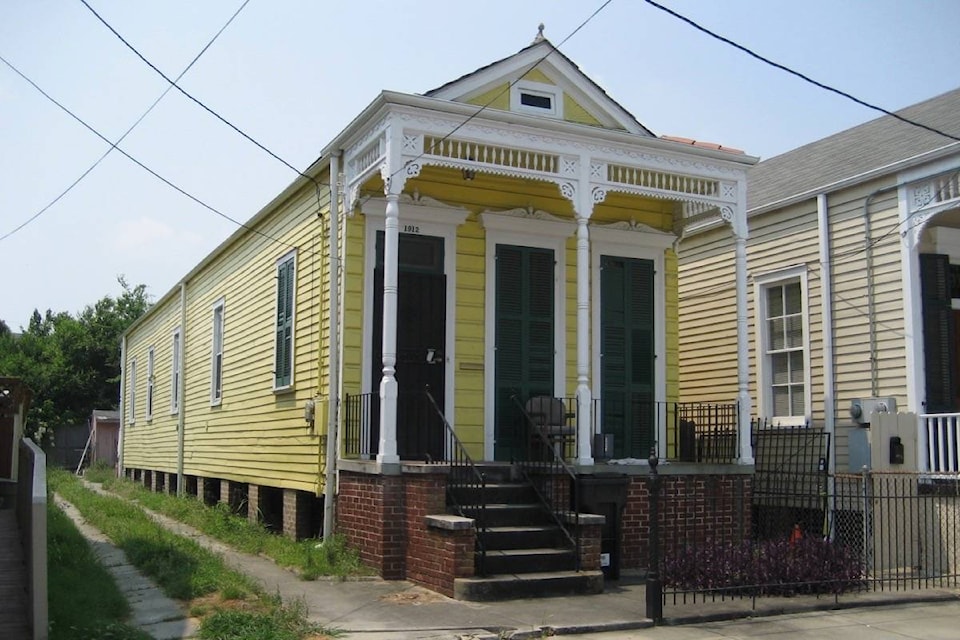By ML Burke for the North Delta Reporter
I just did an eight-day bucket-list Amtrak train trip called “Blues and the Bayou” which transited from Chicago via Memphis on to New Orleans and back to Chicago. Train travel, like air travel, has gone downhill. I was looking forward to some elegant cuisine in the dining car and camaraderie with fellow passengers in the bar/club car, which I enjoyed 10 years ago. On this trip, there was only a lounge car with hard plastic seats and a snack bar with pre-packaged over-priced sandwiches, pop, canned beer or wine.
However, New Orleans (aka NOLA) is fabulous, delicious, colourful and a bit naughty. The French colonial Haitians, Creole (mixed-race) and Cajuns (Acadians) have greatly impacted the NOLA culture. The Cajuns were French-Catholics who originally settled in Nova Scotia. After being banished for refusing to convert to Protestantism, they resettled in Louisiana.
Three hundred years of French, Spanish, Caribbean, West African and American influences make NOLA a unique melting pot of cultures. The Southern dialects are fast, funny and full of endearments like “sweet gramma” and “honey darlin’.” The Big Easy is all about music, food, history and architecture. Tip: It’s best to leave political correctness at home and just go with the flow.
The French Quarter’s buildings charmingly reflect this myriad of cultures. I was most intrigued with the story of Jean Lafitte and the housing he built for the service workers and labourers back in the day. He was an entrepreneur and, depending on your point of view, was known as a pirate or a hero — kind of a French Robin Hood. He needed workers to build his empire and they needed somewhere affordable to live.
Using some of his bounty, Lafitte purchased a large farm in the French Quarter. Louisiana taxed property based on the land size and how many rooms were in a house, so Lafitte cleverly subdivided his farm into long, narrow lots 20 feet wide by 80 feet long. He constructed a variety of narrow houses 16 feet by 70 feet called ‘shotgun’ houses, so named because you could shoot a gun from the front porch through to the back porch, verifying the house to have only one room. Partition walls separated bedrooms from shared living/dining/kitchen areas. Some houses were doubled side-by-side or stacked above. These were affordable rentals and aided in the integration and socialization of this diverse population.
Today this is called “cluster housing,” where people live more co-operatively, sharing common areas but still having private quarters. Thankfully, we aren’t taxed by the number of rooms, but we are by square footage. For people in the low to middle incomes, these dorm-style rentals are in high demand. They can live more socially, cheaply and greenly, and avoid long commutes from the ‘burbs.
Well designed cluster housing could meet our demand for affordable rentals, including helping the homeless and lower income adults such as seniors, young people starting out and new immigrants. It could also be the housing continuum’s missing link between independent living and assisted living by providing minimal support, like a paid house-mother, which would help many adults with varying abilities.
Whether he was a pirate or a prodigy, we could learn from Jean Lafitte. As to visiting New Orleans … that’s a big YES!
ML Burke retired from the health sector to work on issues such as affordable housing. She sits on the Delta Seniors Planning Team and the BC Seniors Advocate’s Council of Advisors.
editor@northdeltareporter.com
Like us on Facebook and follow us on Twitter
